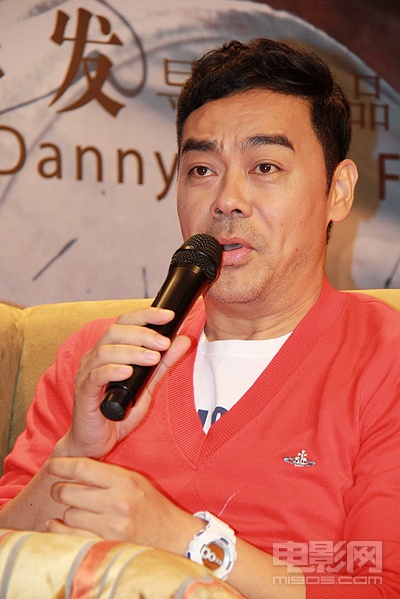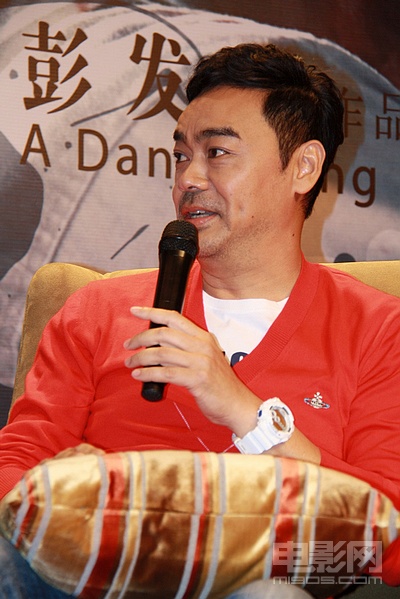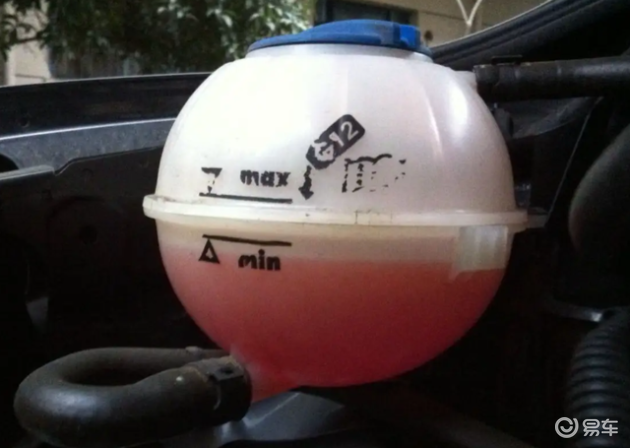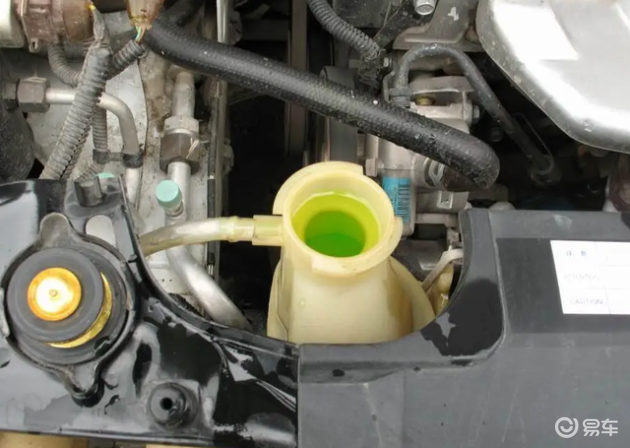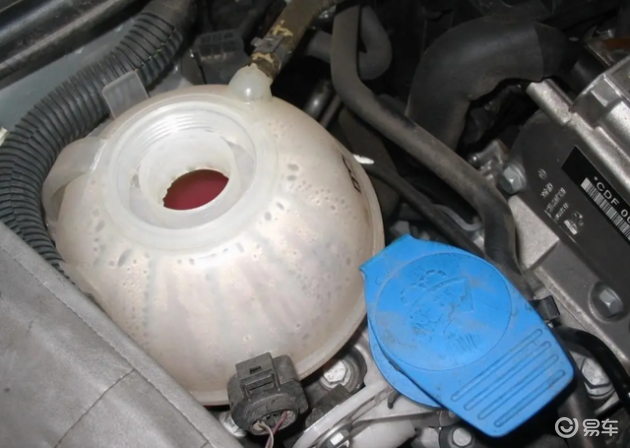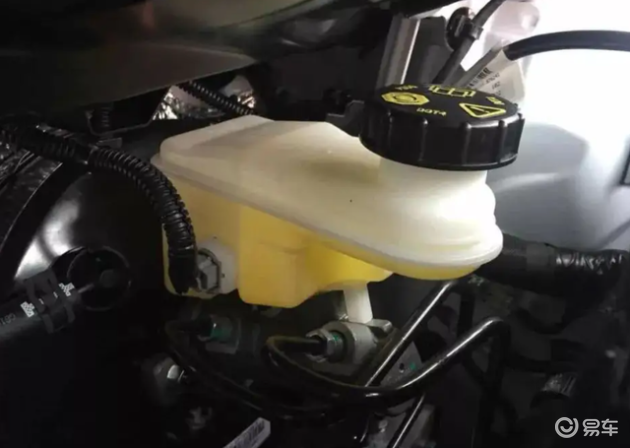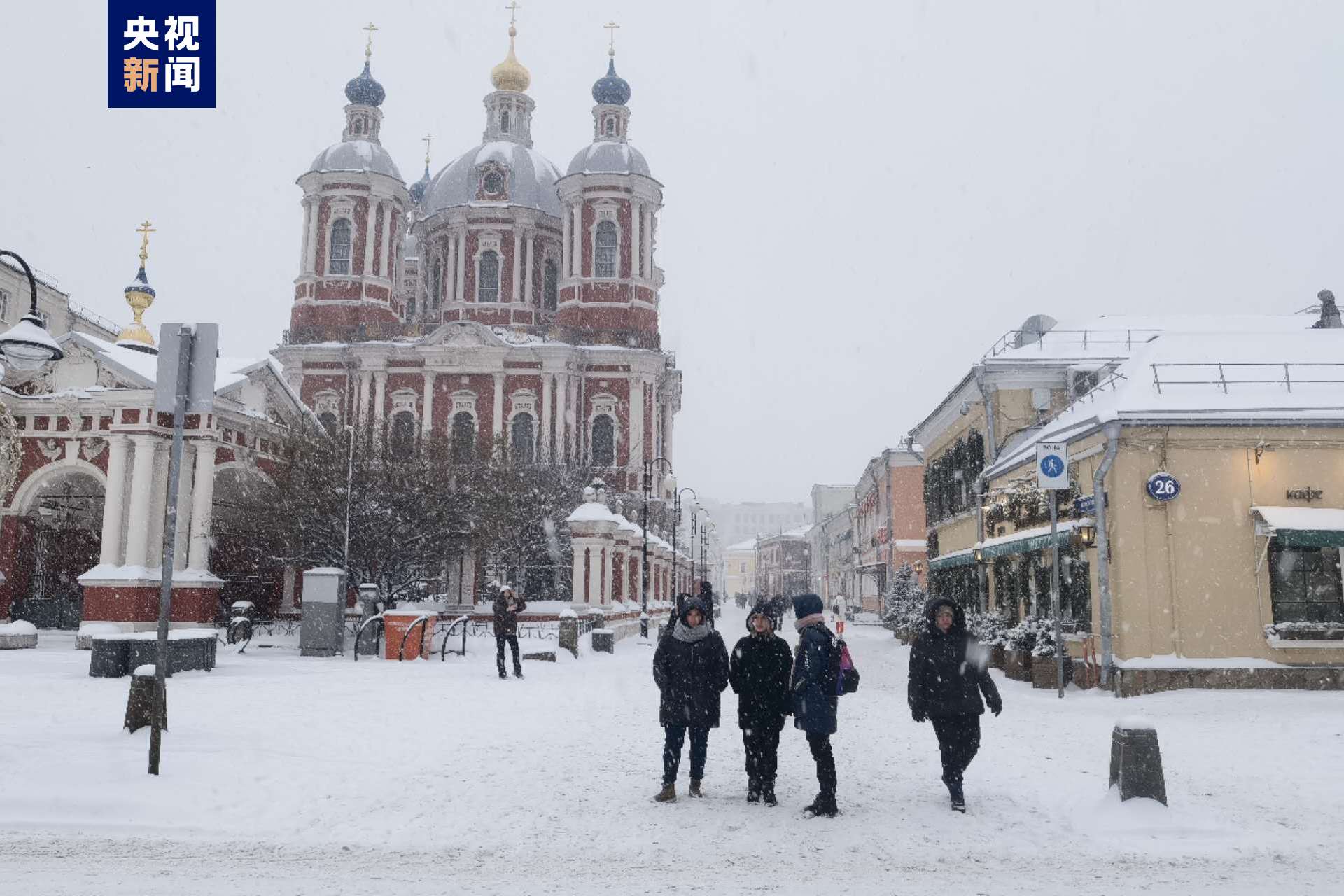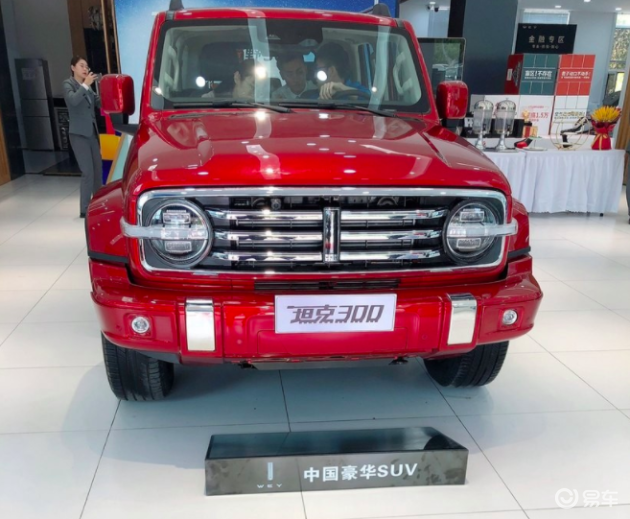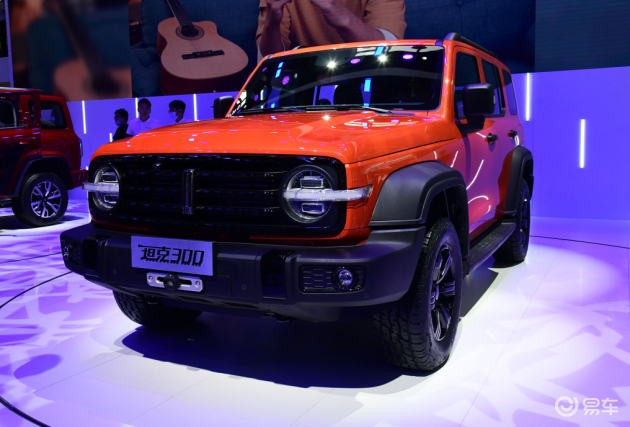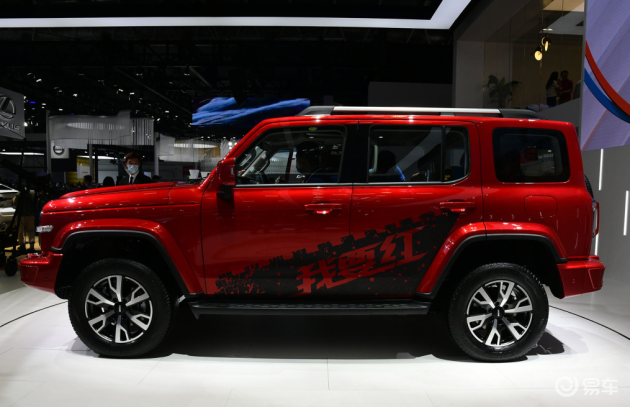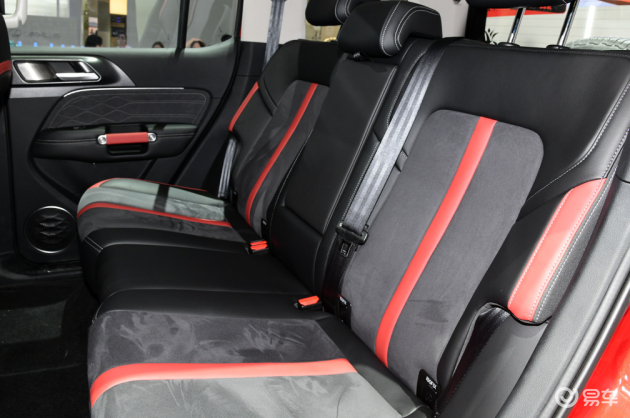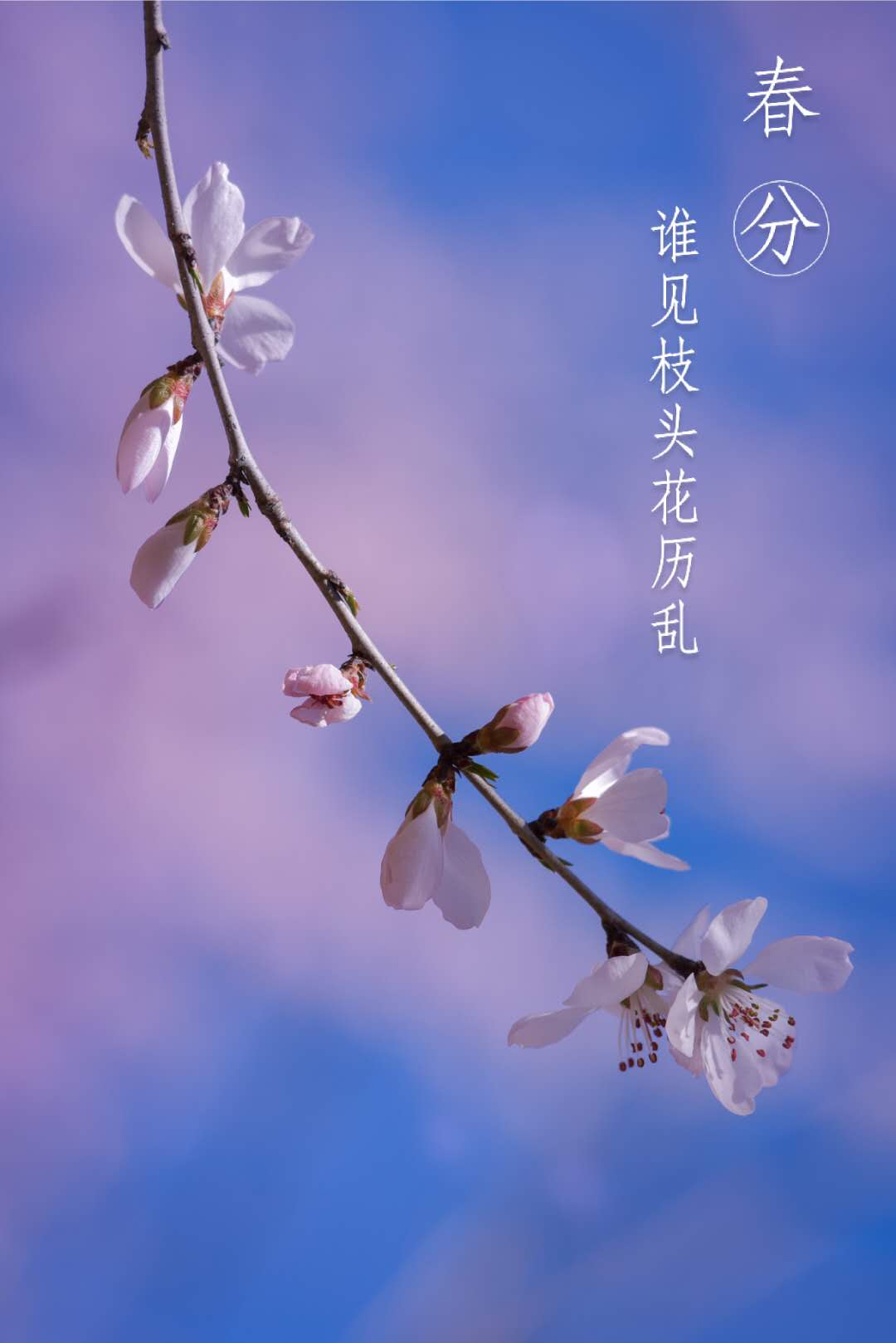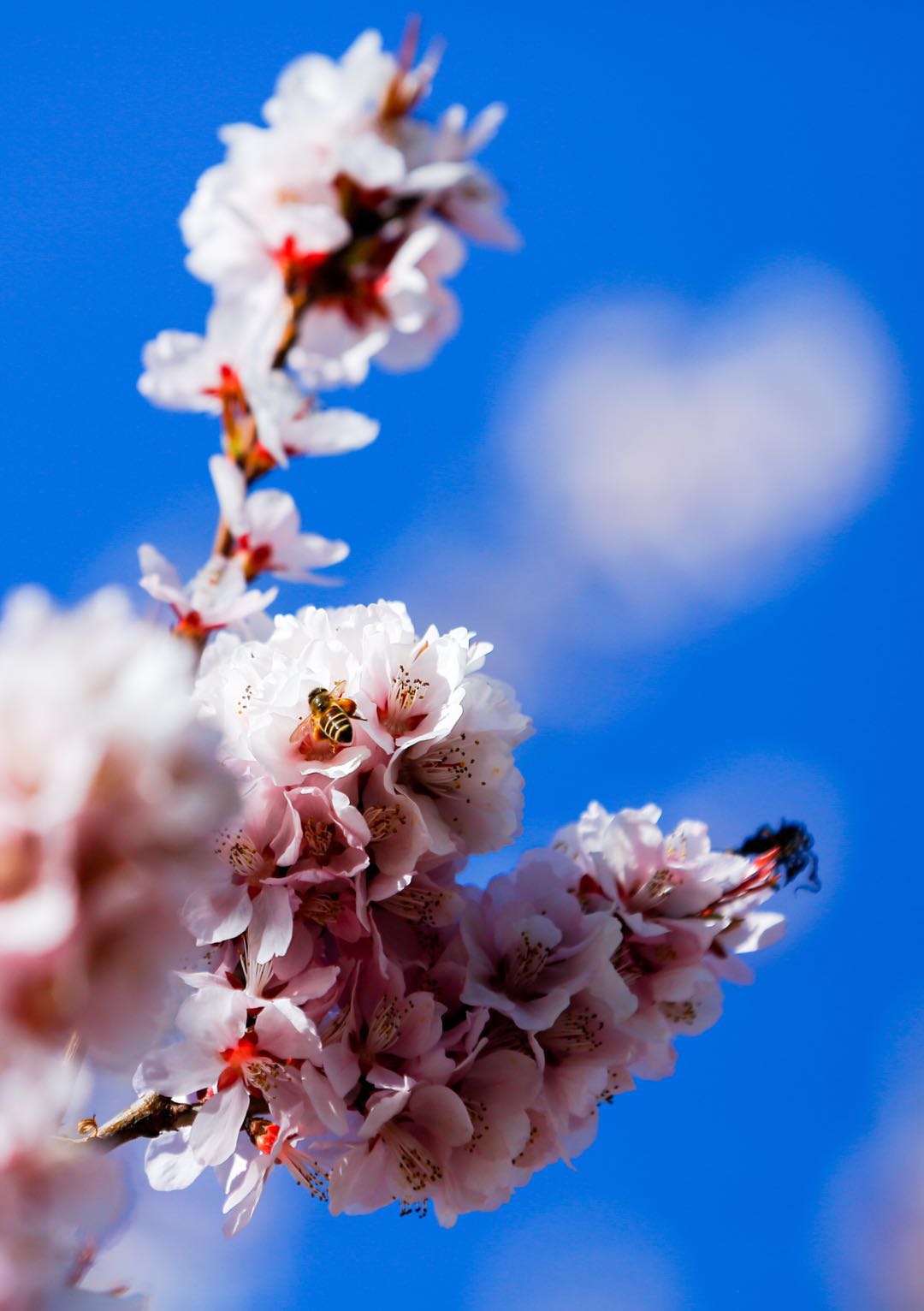Ministry of Culture and Tourism: Strengthen the innovation of tourism consumer financial products and provide consumer financial services such as installment loans for tourists.
CCTV News:On March 27th, WeChat official account released the opinions of the Ministry of Culture and Tourism on promoting the high-quality development of the online travel market. The opinion pointed out that innovative tourism financial services. Implement the relevant policies of the Notice on Financial Support for Culture and the Recovery and Development of Tourism Industry, promote the cooperation between banks and other financial institutions and operators of online travel platforms, comprehensively consider the digital management and control capabilities of online travel platforms and the operation and credit of small and micro operators in the platforms, and provide industrial chain financial services such as comprehensive credit, business loans, equipment credit sales, credit loans, financial leasing and factoring for small and micro operators in the platforms; Strengthen the innovation of tourism consumer financial products, provide tourists with convenient consumer financial services, such as installment loans, micro-consumer credit, pay after traveling first, increase the publicity and compliance education of tourism consumer financial products, and stimulate the financial support ability and consumption pulling ability of online travel platforms.
Opinions of the Ministry of Culture and Tourism on Promoting the High-quality Development of Online Tourism Market
Online tourism management service is a key link in the tourism industry chain, and it is an important force to meet the travel needs of the broad masses of people, promote tourism consumption and promote the development of the tourism industry. In order to further strengthen the management of online travel market, protect the legitimate rights and interests of tourists, give play to the positive role of online travel platform operators in integrating tourism resources such as transportation, accommodation, catering, sightseeing and entertainment, promote all kinds of tourism operators to share development dividends, and promote the high-quality development of tourism, we hereby put forward the following opinions:
I. General requirements
(A) the guiding ideology
Adhere to the guidance of the Supreme Leader’s Socialism with Chinese characteristics Thought in the new era, fully implement the spirit of the 20th Party Congress, implement the decision-making arrangements of the CPC Central Committee on accelerating the construction of a network power and digital China, build a new development pattern based on the new development stage, implement new development concepts, take promoting high-quality development as the theme, deepen the supply-side structural reform as the main line, and meet the people’s growing needs for a better life as the fundamental purpose. Give full play to the decisive role of the market in resource allocation, give better play to the role of the government, make good use of various bail-out policies, mobilize positive market factors, vigorously develop the digital economy, deepen the development of smart tourism, improve the level of normalized supervision, and support online travel platform operators to show their talents in leading development and creating jobs. Adhere to the safety bottom line, strengthen industry self-discipline and promote the high-quality development of online travel market.
(2) Basic principles
Adhere to the safety bottom line.Establish a firm bottom line thinking, adhere to the socialist core values, adhere to the personal and property safety of tourists, information content security, network security, and strengthen the industry governance system and governance capacity building.
Adhere to the people-oriented principle.Guided by the needs of tourists, we will constantly enrich the types and contents of services, create accurate, professional and characteristic service products, and strive to meet the diverse and personalized tourism service needs of the people.
Adhere to coordinated development.Protect the legitimate rights and interests of tourists, build a benign industrial ecology between online travel platform operators, operators within the platform and tourists, guide online travel platform operators to develop in coordination with travel agencies, transportation, accommodation, catering, sightseeing, entertainment and other related operators, promote the efficient allocation of resources, and promote the prosperity and development of tourism.
Adhere to innovation and lead.Deepen the digital, networked and intelligent development of online travel industry, promote the application of new technologies, encourage industry innovation, give full play to the advantages of online travel operators’ data and information capabilities, improve the digital level of the industry, and provide intelligent services for tourists.
(III) Main objectives
Give full play to the hub and leading role of online tourism, accelerate the development of smart tourism, promote the innovation and development of tourism, promote the application and iterative innovation of new technologies, create more new employment forms and new jobs, become a new engine for upgrading the tourism industry and stimulating tourism consumption, enhance the digital level of industry management, and promote the development of online tourism industry in China to be in the leading position in the world.
Second, focus on work and create a good market environment
(1) Strengthen content security audit.Guide online travel platform operators to strengthen the qualification audit of operators in the platform, verify the authenticity of information such as market entities and administrative licensing qualifications, and record and save the performance of travel contracts and complaint handling. Supervise online travel platform operators and operators within the platform to strengthen the training of auditors, the construction of network security level protection and the review of information content such as words, pictures, audio and video to ensure the safety of platform information content.
(two) to build a solid production safety bottom line.Online travel operators are required to improve the safety production management system and emergency plan, do a good job in risk monitoring and safety assessment of tourism products or services on the shelves, strengthen product safety guarantee from early warning identification, algorithm recommendation, report processing, content review, risk warning and other links, and verify products that involve a large number of tourists, are easy to cause crowd gathering, may have potential safety risks or have concentrated complaints from tourists in advance. In the event of an emergency or tourism safety accident, necessary measures should be taken immediately, and relevant departments should be cooperated to do a good job in rescue, investigation and after-treatment work.
(three) to protect the legitimate rights and interests of tourists.Implement laws, regulations and policy requirements such as the Tourism Law of the People’s Republic of China, the Law of People’s Republic of China (PRC) on the Protection of Consumers’ Rights and Interests, the Law of the People’s Republic of China on Electronic Commerce, the Regulations of Travel Agencies, and the Interim Provisions on the Management of Online Travel Services, guide online travel operators to operate in good faith and compete fairly, and improve the quality of tourism products and services. Strengthen the protection of tourists’ sensitive personal information, prevent the collection of tourists’ personal information beyond reasonable business needs, and take practical measures to avoid big data killing, false propaganda, false reservations and other violations of tourists’ rights and interests. Strengthen the monitoring, discovery, judgment and disposal of illegal products such as engaging in travel agency business activities without permission and "unreasonable low-cost travel", maintain normal industry order, and effectively protect the legitimate rights and interests of tourists.
(4) Promoting the coordinated development of industries.Standardize the cooperation mode between online travel platform operators and operators within the platform to achieve coordinated and benign development. Guide the online travel platform operators to reasonably determine the service fees such as payment and settlement, platform commission, etc., negotiate and fully communicate with the operators in the platform on an equal footing, drive and support the development of the operators in the platform, reduce the operating costs of the operators in the platform, and give certain labels to star-rated tourist hotels, A-level tourist attractions, grade-rated tourist homestays, national tourist and leisure cities and blocks, national tourist resorts, national night culture and tourism consumption gathering areas, national ski resorts, national key rural tourism villages and towns and high-quality small and micro businesses. Give full play to the advantages of online tourism operators in factor resource integration and product development, participate in the development of boutique tourism routes and theme tourism routes such as intangible cultural heritage, sports and culture, and participate in the promotion and promotion of red tourism, rural tourism, research tourism, eco-tourism, ice and snow tourism, marine tourism, recreational tourism, elderly tourism and camping tourism. Guide online travel operators to actively participate in tourism market promotion activities and the exhibition of tourism public service advertising works, and carry out publicity and guidance of new tourism concepts.
Three, improve the supervision means, standardize the market order according to law.
(1) Strengthen market supervision and inspection.Establish and improve the industrial chain supervision mechanism with online travel platform operators as the core, improve the closed-loop supervision mechanism such as network inspection, dynamic monitoring, briefing, administrative guidance, administrative interview and problem transfer, promote the construction of online travel products and service standards, and standardize the online travel market order. Focus on inspecting the security of online travel service information content, engaging in travel agency business activities without permission, selling "unreasonable low-cost travel" products, illegally collecting and using users’ personal information, etc., and reminding, warning and stopping online travel operators with problems through administrative interviews and administrative guidance, and promptly handing over clues of illegal acts to law enforcement departments for investigation and punishment.
(2) Strengthen supervision and inspection of law enforcement.Cultural and tourism administrative departments at all levels shall, in accordance with the principle of online and offline integrated supervision, establish a supervision and management system for daily inspection, regular inspection and joint inspection with relevant departments, supervise and inspect online tourism business services according to law, and investigate and deal with illegal acts. Strengthen the online travel market "double random, one open" law enforcement supervision, timely, accurate and standardized public spot checks, spot checks plans and results. Explore the establishment of case consultation, joint law enforcement and joint disciplinary mechanisms to achieve full chain supervision before and after the event. Strengthen social supervision, explore the supervision mechanism involving the public and third-party professional institutions, and promote the openness and transparency of online travel operators’ compliance.
(3) Improve the efficiency of credit supervision.Strengthen and improve credit supervision, implement management measures for untrustworthy subjects according to laws and regulations, and strengthen the deterrent effect of credit supervision. Organize enterprise credit evaluation and promote hierarchical supervision. Encourage online travel operators to take the initiative to make credit commitments to the society and incorporate the trustworthiness into the quality rating. Strengthen the construction of integrity culture in online travel industry and establish a number of typical enterprises with integrity. Support online travel operators to participate in the pilot work of "credit economy" development and give full play to the data advantages of online travel platforms.
(4) Improve the efficiency of digital supervision.We will improve the "good and bad reviews" system for government services in the cultural and tourism markets, improve the incentive mechanism for good reviews and the supervision mechanism for handling bad reviews, and promote the "one network to handle" business-related matters. Relying on the national tourism supervision service platform, we will build an online tourism informatization supervision mechanism with full business coverage, full information tracking and dynamic adjustment of means, and establish a non-contact supervision mechanism such as online discovery and circulation of illegal clues. Through the national cultural market technical supervision and service platform, the clues of reporting complaints are classified and disposed of, and the market entities are urged to rectify in time according to law, and the illegal clues are handed over to the local law enforcement departments for investigation. Carry out risk monitoring, identification, analysis, response and disposal of online travel market, timely release risk warning information, promote online travel operators to use standardized travel electronic contracts, promote the implementation of the "Tourism Electronic Contract Management and Service Specification" standard, and strengthen the collection and sharing of regulatory information.
Fourth, strengthen support and guidance to promote the high-quality development of the industry
(1) Make good use of the bail-out support policies.Guide online travel operators to make good use of the support policies for the recovery and development of culture and tourism. Do a good job in the implementation of inclusive tax reduction and fee reduction policies in the tourism field, and encourage banking financial institutions to reasonably increase the effective credit supply of online travel operators. Intensify policy propaganda and interpretation, guide online travel platform operators to use network technology to push preferential policies related to enterprises to operators in the platform. Make good use of financial incentives, project investment, consumption promotion, government services and other measures to support online travel operators to participate in cultural and tourism consumption activities to benefit the people and enhance their confidence in development.
(B) innovative tourism financial services.Implement the relevant policies of the Notice on Financial Support for Culture and the Recovery and Development of Tourism Industry, promote the cooperation between banks and other financial institutions and operators of online travel platforms, comprehensively consider the digital management and control capabilities of online travel platforms and the operation and credit of small and micro operators in the platforms, and provide industrial chain financial services such as comprehensive credit, business loans, equipment credit sales, credit loans, financial leasing and factoring for small and micro operators in the platforms; Strengthen the innovation of tourism consumer financial products, provide tourists with convenient consumer financial services, such as installment loans, micro-consumer credit, pay after traveling first, increase the publicity and compliance education of tourism consumer financial products, and stimulate the financial support ability and consumption pulling ability of online travel platforms.
(3) Explore the platform to operate the tourism pre-sale business.Explore online travel platform operators with the ability of business process digitalization and supplier credit evaluation to operate the pre-sale business of tourism products according to law, standardize the pre-sale business of tourism products of operators within the platform, and further strengthen the digital management level of the industrial chain. Supervise and urge online travel operators to earnestly fulfill their commitment to give priority to reimbursement, the obligation to review suppliers and products, and the obligation to return and change tourism products, strengthen the supervision of pre-sale funds, and prevent and control potential risks such as over-sales, difficulties in performance and fund-raising fraud.
(4) Leading the innovation and development of the industry.Promote online travel operators to deeply apply new technologies such as 5G, artificial intelligence, big data, cloud computing and blockchain, and lead the industry’s innovation and development with technology. Support online travel platform operators to undertake the new infrastructure functions of tourism services, guide the optimal allocation of tourism resources, carry out innovative integration of formats with products and content as carriers, empower small and medium-sized tourism operators to innovate and develop, and promote the digital transformation and upgrading of tourism operators. Promote the digital marketing of online tourism, support online travel operators to carry out online travel exhibition activities by using webcasting and short video platforms, develop online digital experience products, create new scenes of immersive travel experience, cultivate new spaces for immersive experience of smart tourism, and promote rural revitalization, integration of cultural tourism, civilized tourism and tourism public services. Support online travel operators to strengthen cooperation with national night culture and tourism consumption gathering areas and national foreign cultural and trade bases.
(5) Strengthen the construction of industry organizations.Support online travel operators to set up industry associations, promote industry self-discipline, and urge relevant operators to operate in compliance with laws and regulations. Give play to the role of trade associations in rights protection, dispute settlement and credit construction. Encourage industry associations to participate in the formulation of national standards, industry standards, self-discipline conventions, and carry out personnel training, market development research, organization and exchange. Promote the introduction of online travel industry and product specifications and other related standards. Support online travel operators to formulate enterprise standards that are conducive to improving the quality of products and services. Focus on content safety, production safety, epidemic prevention and control, etc., and strengthen the training of online tour operators and managers. Guide online travel operators to play a role in the process of tourism standardization and internationalization.


